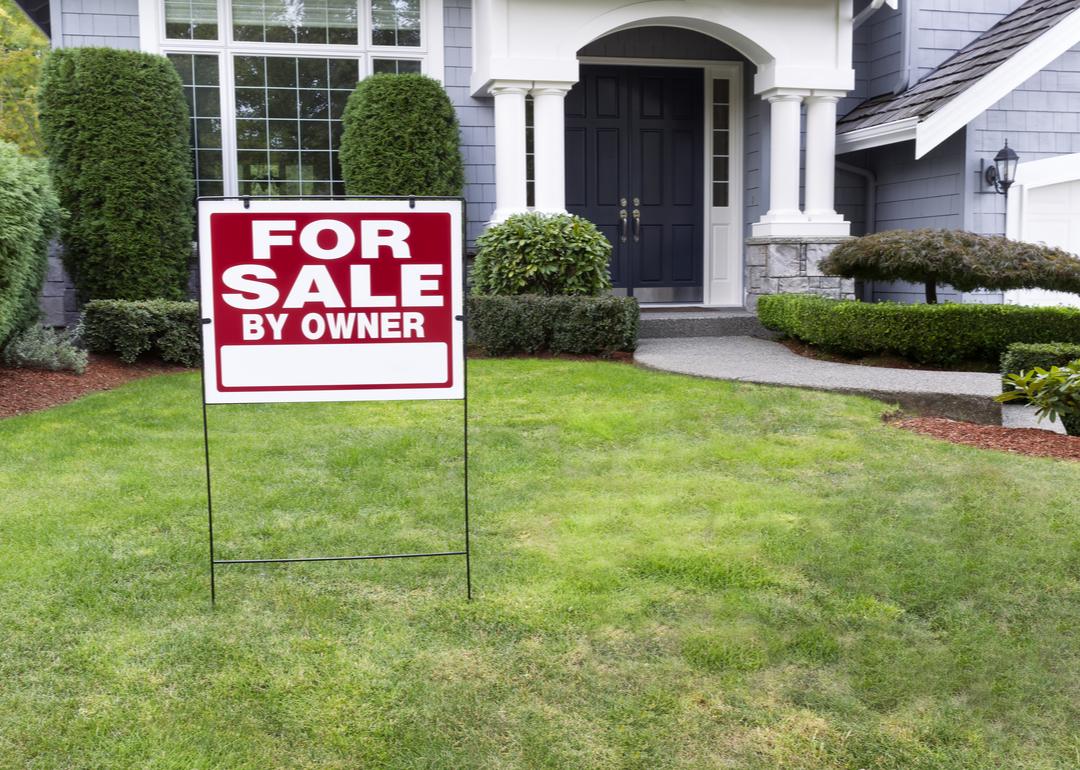
How agent-assisted home sales compare with for-sale-by-owner home sales
This story originally appeared on UpNest and was produced and distributed in partnership with Stacker Studio.
How agent-assisted home sales compare with for-sale-by-owner home sales
When it comes to selling a home, the process can be stressful, exciting, or in many cases, both. Listing your home in a hot market makes it possible to reap in the benefits of competitive offers, quick home sales, and higher-than-average sales prices. However, it also means you have to deal with showings, contracts, inspections, negotiations, appraisals, and lots and lots of paperwork. In other words, things can get complicated pretty quickly—even for the most seasoned seller.
The knowledge and time commitment required to sell a home leads most sellers to work with a real estate agent when the time comes to list their homes. Doing so can help cut down on the stress, as an experienced expert is at the helm to navigate. But while it’s common for most sellers to opt for a real estate agent’s assistance when selling their homes, it’s certainly not required. As a seller, you have the option of listing your house as a property that’s for-sale-by-owner, or a FSBO. A FSBO is a property that’s being sold by you, the homeowner, without the help of a licensed real estate professional. Selling your own property is legal in all 50 states, and while it’s less common than using an agent to sell your home, it can pay off by removing agent commissions and other costs from the equation.
That said, it may be smart to consult a real estate agent—even if you list your house yourself—to see if they’ll share the necessary data with you on home sales prices and comparables in your area. Without this type of information on hand, you may be in for a surprise when selling your own home. For-sale-by-owner properties tend to have big differences from agent-assisted home sales when it comes to price, time on the market, and other important factors—and if you take the FSBO route, you need to know what to expect.
If you want to know how for-sale-by-owner home sales compare with agent-assisted home sales, UpNest compared data from the National Association of Realtors’ 2020 Profile of Home Buyers and Sellers to see how sales compare between homes that are sold with the help of an agent, and homes that are sold by the owner themselves (FSBO). This survey looked at home buyers and sellers of homes purchased between July 2019 and June 2020, and one section analyzed the differences between agent-assisted homes sold and FSBO homes sold. This story includes information on the median selling price, median time on the market, location of home, type of home, and incentives offered to buyers. Here’s what the data showed about how FSBO and agent-assisted home sales compare.
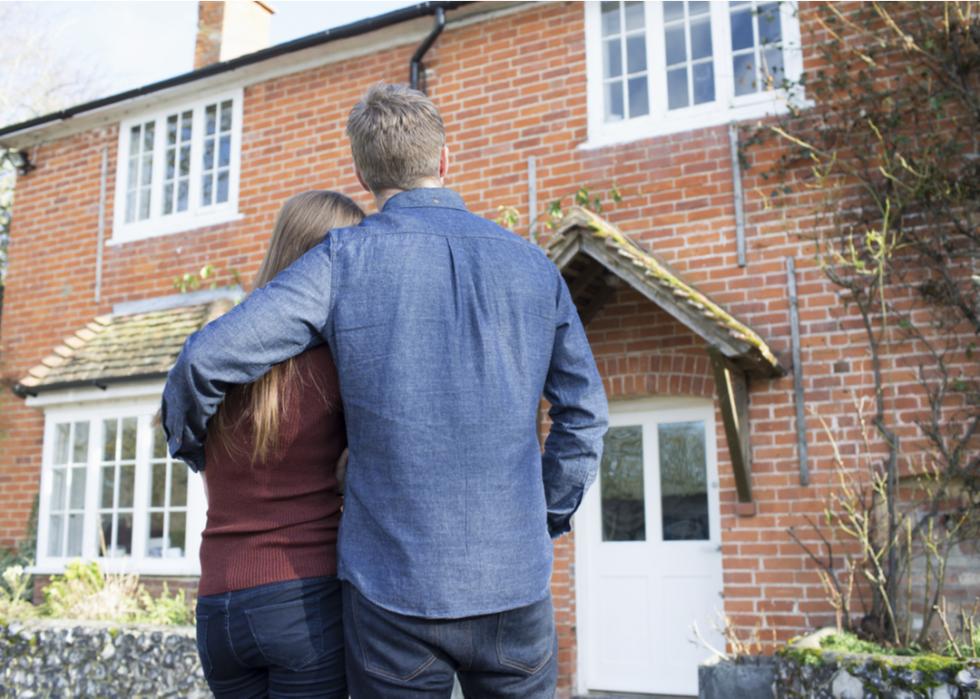
Median selling price
- FSBO sellers: $217,900
- Agent-assisted sellers: $295,000
Most of the homeowners who opt to sell their own homes do so to save money on the cost of agent fees, but selling your own home may not save you much money—and it could significantly cut into your profit. In fact, using a real estate agent to sell your home typically translates to making tens of thousands of dollars more on the sale of your home when compared to for sale by owner listings. One major reason for this price discrepancy is that the agent’s knowledge of negotiations and the housing market—as well as their marketing efforts and the access they have to a wide pool of buyers—are useful tools when selling a home. The lower FSBO median sales price can also be attributed to a lack of pricing knowledge on the side of the homeowner. Pricing a home correctly when listing it as a FSBO is one of the most difficult tasks because most homeowners aren’t objective when pricing a home, and they tend to either price the home too low for the market or too high for buyers. Plus, most homeowners aren’t well-versed in what factors to take into account when calculating the listing price—like upgrades, repairs, or other features—which can leave money on the table.

Median time on the market
- FSBO sellers: 1 week
- Agent-assisted sellers: 3 weeks
Most FSBO homes sell more quickly than agent-assisted homes, and there is one good reason for it: prior connections. Many of the FSBO homes listed for sale are sold to someone the seller already knew was in the market to buy a home, which helps to expedite the process. If you already have a buyer on deck who has expressed interest in your home, an FSBO sale might help to speed up the sale by a couple of weeks. In many of those cases, the purchase price has already been discussed and agreed upon prior to the home being listed, and the appraisals and inspections may have already been done, too. However, if you don’t have a buyer who is ready to offer up a contract on your FSBO, the time your home sits on the market could be much longer than a week, as you’ll need to market your home to potential buyers through alternative channels, set up showings, and negotiate with any potential buyers if you don’t have an agent to do it for you.
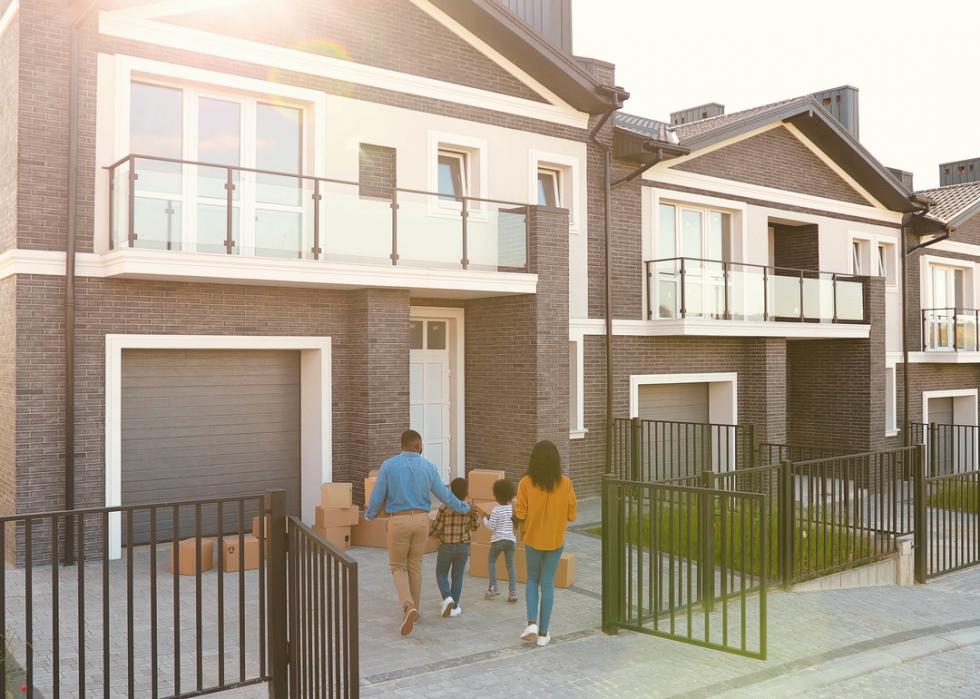
Location of home
- FSBO sellers:
--- Suburbs: 51%
--- Small town: 13%
--- Urban area: 19%
--- Rural area: 15%
--- Resort/recreation area: 3%
- Agent-assisted sellers:
--- Suburbs: 52%
--- Small town: 13%
--- Urban area: 18%
--- Rural area: 14%
--- Resort/recreation area: 3%
Surprisingly, whether a home is in the suburbs, a small town, or an urban area tends to have very little impact on the percentage of homes that are listed for-sale-by-owner or with an agent. In both cases, the majority of the homes listed for sale are in the suburbs, as these areas tend to be highly residential, with good schools and a family atmosphere that attracts buyers for FSBOs and agent-listed homes. The listings in small towns are equally split, with FSBOs and agent-assisted home listings being popular routes for homeowners to pursue when selling a house. The only locations that differ between the percentage of agent-assisted and FSBO listings are urban and rural areas. In both urban and rural locations, FSBO listings tend to be slightly more popular—by about 1% in both cases—and likely for very different reasons. There are likely more home flippers listing their homes for-sale-by-owner in hot urban markets, where flipping is a common occurrence. In rural areas, there may be fewer agents to assist a wide market area, or there may be a more communal feel with local buyers who know local sellers, making it easier to sell a house without the assistance of an agent.
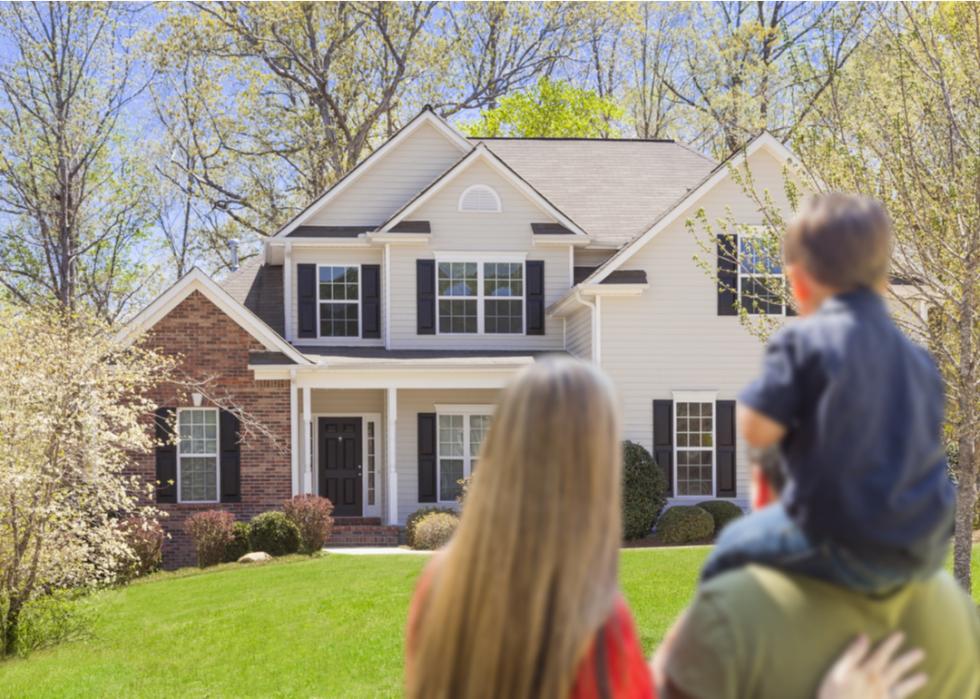
Type of home
- FSBO sellers:
--- Single-family home: 81%
--- Townhouse or row house: 6%
--- Duplex, apartment, condo in 2-4 unit building: 4%
--- Apartment or condo in a 5+ unit building: 4%
--- Mobile or manufactured home: 3%
- Agent-assisted sellers:
--- Single-family home: 81%
--- Townhouse or row house: 7%
--- Duplex, apartment, condo in 2-4 unit building: 4%
--- Apartment or condo in a 5+ unit building: 4%
--- Mobile or manufactured home: 2%
As with the location, the type of home being sold has little impact on whether the sellers use an agent or list their homes for sale by owner. In both cases, single-family homes are by far the most common type of home listed for sale, whether the seller uses an agent or otherwise, with other types of housing making up just a fraction of the sales. This is almost certainly due to the fact that there are more single-family homes in the U.S. than any other type of home, with single-family homes accounting for about 67% of the housing supply nationwide. That said, there are a couple of slight differences between the two. Townhouses or row houses are listed with agents at a slightly higher rate—about 1% higher than FSBOs. On the other hand, the sale of mobile or manufactured homes by owner is slightly higher than it is with agent-assisted sellers.
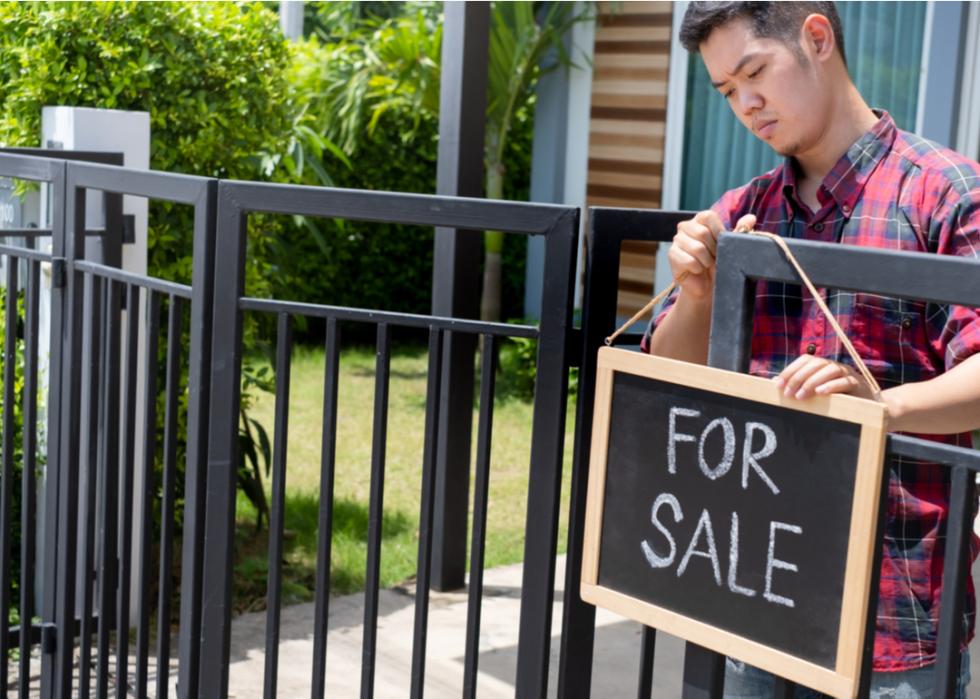
Incentives offered to buyers
- FSBO sellers:
--- None: 67%
--- Home warranty policies: 17%
--- Assistance with closing costs: 14%
--- Credit toward remodeling or repairs: 8%
--- Other incentives, such as a car, flat screen tv, etc: 3%
- Agent-assisted sellers:
--- None: 65%
--- Home warranty policies: 18%
--- Assistance with closing costs: 15%
--- Credit toward remodeling or repairs: 8%
--- Other incentives, such as a car, flat screen tv, etc: 3%
When it comes to incentives offered to buyers, there are a few slight differences between FSBO listings and agent-assisted listings. In general, the majority of FSBO sellers offer no incentives to buyers, which is likely due to the fact that a large portion of FSBO homes are sold to people who the seller already knew at a lower median price than agent-assisted sales. This leaves little wiggle room for incentives. In some cases, the lack of incentives given to buyers by FSBO sellers could also be attributed to a lack of knowledge about the home sales and negotiation process, leading to fewer concessions being made by homeowners selling their own homes. That said, when it comes to the incentives that are offered by FSBO and agent-assisted sellers, home warranty policies and closing cost assistance are the most common, with agent-assisted sellers giving one or the other to sellers at a slightly higher rate. Other incentives, like credit toward remodeling or repairs, are given to buyers at an equal rate by FSBO and agent-assisted sellers.



